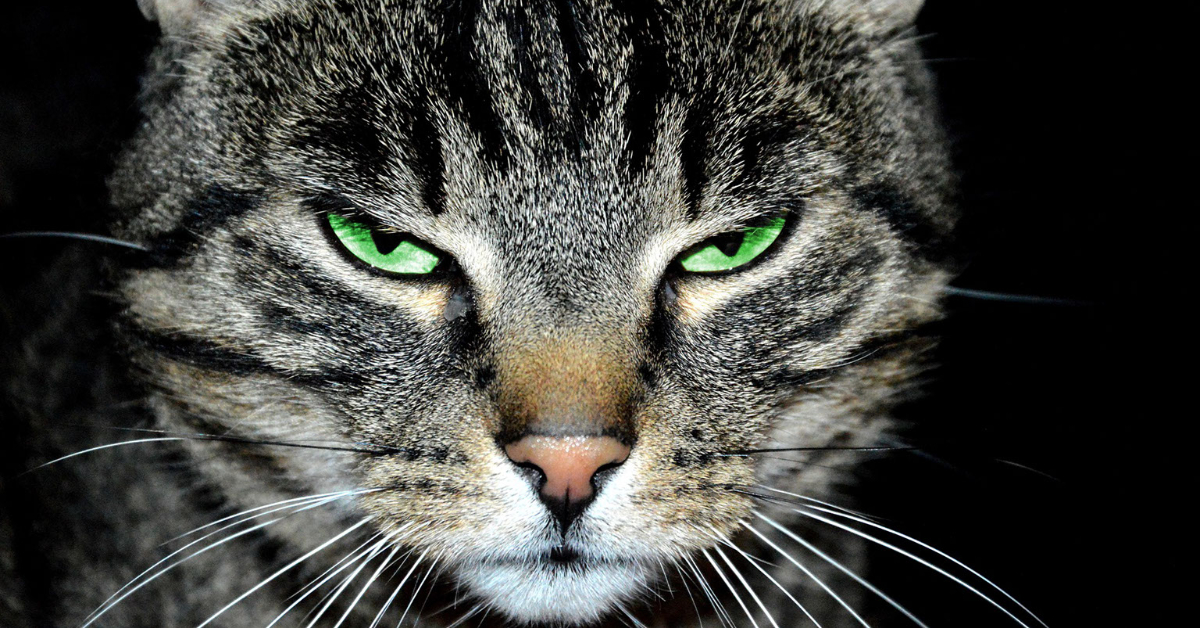Male domestic cats have several unique traits and characteristics that are distinct to the male gender. While many people are familiar with some of the common traits of domestic cats, there are also some interesting and lesser-known facts about male cats that may surprise you. In this article, we will explore 12 interesting facts about male domestic cats.
12 Interesting Facts about Male Domestic Cats
1) Male cats have a distinct mating call. This tells female cats that they are available and also warn off other male cats. Sometimes known as ‘caterwauling’, male cats make a loud and intense sound made initially with an open mouth.
2) Male cats that are un-neutered are known as “Toms or Tom Cats”. It’s believed that this term came from a book that was published in 1760 called ‘The Life and Adventures of a Cat’ which tells the story of a very promiscuous male feline character called Tom. Tomcats are heavier, have more muscle, thicker necks and bigger heads than their neutered counterparts.
3) Male Cats are more likely to be left pawed and most cats have a dominant paw. Researchers at Queen’s University Belfast observed cats as they were reaching for food or stepping over objects and found that the female cats were more likely to use their right paw while male cats preferred using their left. Interestingly, left-handed humans also tend to be male. Some cats are ambidextrous and utilize both paws equally.
7) Male Cats have a shorter life expectancy than female cats. The average life span of male cats is one to two years less than female cat and indoor cats have a longer life expectancy than outdoor cats.
8) Male domestic cats that are neutered live longer. A fixed male is less aggressive and this prevents testicular cancer. A Banfield Pet Hospital study found that neutered males live an average of 62 percent longer than unneutered cats. Male cats who have been fixed also need fewer calories to maintain their weight.
9) Male cats are much more likely to urine mark territory due to territorial conflicts, with approximately 10% of males showing this behavior. The age at which a male cat is neutered makes no difference in how likely they are to urine mark, but unneutered males are more likely to urine mark than neutered males (Hart & Hart, 2013). Male cats have a stronger territorial instinct than female cats. They tend to mark their territory by spraying urine and rubbing their scent glands on objects and surfaces. This is a behavior that is usually exhibited by unneutered male cats. Neutering your male cat can help reduce this behavior.
10) Male cats are usually larger and heavier than females and take about three, rather than two years to reach their full weight. Male cats are typically larger than female cats, both in height and weight. This is because male cats have a larger body frame and more muscle mass than female cats. Male and female kittens weigh the same at birth and up until around eight weeks of age. Some breeds like the Maine Coon and Norwegian Forest Cat take longer to mature and reach full size in 3-5 years.
There are reported differences between male and female cats both physically and behaviorally. But ultimately, the individual cat’s personality is the most important factor. Many other cat traits and characteristics are shaped by how they were raised as kittens and have nothing to do with gender. For example, wild cats and rescues that started out as feral cats may be less trusting. Kittens that were raised in a caring environment and socialized with humans at a young age will tend to be more trusting and less skeptical of humans.
Although the majority of non-neutered and non-spayed male and female cats have very distinctive behaviors, there is no consensus that all cats of either sex act a certain way. A cat’s personality is shaped by their individual genetic background and their past experiences in life in addition to their gender which makes every cat unique. In the end, the choice between a male or a female cat comes down to the personal preference of the owner, and more often than not, the unique personality of the cat.
Related article: 12 Interesting Facts about Female Domestic Cats
In conclusion, male domestic cats are fascinating creatures with unique physical and behavioral traits. They can be affectionate and playful pets, but also have their own set of challenges, such as territorial behavior and urinary tract problems. Understanding these facts can help you provide better care for your male cat and deepen your appreciation for these amazing animals.
Let us know in the comments if you have a preferred gender for cats. Remember to “share” these facts about Male Domestic Cats with other cat fans and for entertaining and educational cat videos “subscribe” to our CatFancast Channel on YouTube.
